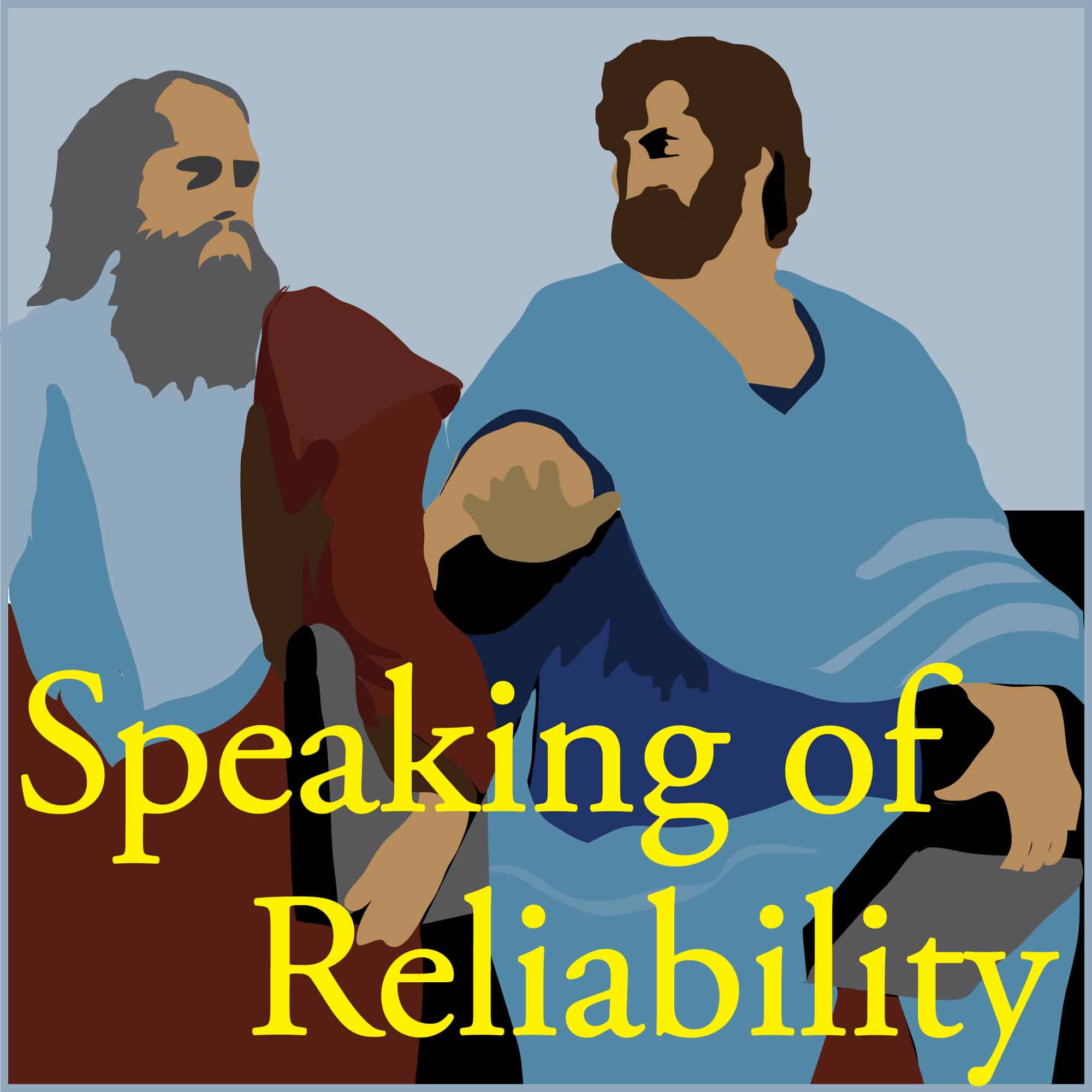

Speaking Of Reliability: Friends Discussing Reliability Engineering Topics | Warranty | Plant Maintenance
Reliability.FM: Accendo Reliability, focused on improving your reliability program and career
Gain the experience of your peers to accelerate improvement of your program and career. Improve your product development process, reliability or warranty performance; or your plant uptime or asset performance. Learn about reliability and maintenance engineering practical approaches, skills, and techniques. Join the conversation today.
Episodes
Mentioned books

Jul 8, 2024 • 0sec
SOR 981 Asset Management vs Performance
Asset Management vs Performance Abstract Philip and Fred discuss the important differences between Asset Management “Systems” and “Asset Performance”. Philip has been teaching at the university level for over 10 years as an industry expert and has concluded that adherence to Asset Management System and certification does not equate into great asset performance. There is […]

Jul 5, 2024 • 0sec
SOR 980 Effect and Likelihood
Effect and Likelihood Abstract Carl and Fred discuss a listener question on FMEA, about reducing the severity level through mitigation strategy. Specifically, can FMEA reduce the likelihood of the effect of failure? Key Points Join Carl and Fred as they discuss how FMEA deals with mitigation of the Effect of failure. Topics include: How design […]

Jul 1, 2024 • 0sec
SOR 979 Conveying FMEA Results
Conveying FMEA Results Abstract Carl and Fred discuss an interesting listener question. The listener’s management asked him to create an “eye-popping” chart that summarizes the results on an FMEA. Key Points Join Carl and Fred as they discuss how best to share the results of an FMEA with management or engineering. The emphasis is on […]

Jun 28, 2024 • 0sec
SOR 978 Supply Management and Context
Supply Management and Context Abstract Greg and Fred discuss why today’s business model is often based on managing an organization’s brand and outsourcing design, reliability, and quality. Key Points Join Greg and Fred as they discuss supply context and risk. Topics include: Changes in today’s business and operating models. Changes in how suppliers are evaluated […]

Jun 24, 2024 • 0sec
SOR 977 Telling the Boss No
Telling the Boss NO Abstract Greg and Fred discuss work communications and job politics. Greg takes the management point of view. Fred advocates the individual contributor point of view. Key Points Have you ever told your boss ‘NO’? Join Greg and Fred as they discuss boss requirements and individual work expectations. Topics include: How to […]

Jun 21, 2024 • 0sec
SOR 976 Reliability in a Short Term Org
Many organizations once had a long-term goal or vision. But when the founders retire, or the true leaders move on, these goals can often be replaced by the short-term. That is ... quarterly performance. This means that the 'customers' are seen as the shareholders. Not the 'true customers.' So 'true customers' suffer in the short therm. And the shareholders suffer in the 'long term.' What can you do?

Jun 17, 2024 • 0sec
SOR 975 Eye-Popping Stunning Results
Eye-Popping Stunning Results Abstract Chris and Fred discuss the challenge of being asked by someone to show (or visualize) stunning, eye-popping results for some reliability activity. How do we do this? Is this possible? Key Points Join Chris and Fred as they discuss how we go about demonstrating stunning, eye-popping results for the amount of […]

Jun 14, 2024 • 0sec
SOR 974 New Position Advice
New Position Advice Abstract Kirk and Fred discuss the advice we would give a engineer just starting a career in Reliability Engineering Key Points Join Kirk and Fred as they discuss the way to best way to learn and apply the many tools and methodology of reliability engineering. Topics include: First seek to understand the […]

Jun 10, 2024 • 0sec
SOR 973 Reliability Allocation Methods
Reliability Allocation Methods Abstract Kirk and Fred discuss reliability allocations for individual components and subsystems. Key Points Join Kirk and Fred as they discuss a question from one of our listeners and why solid state electronics and mechanical systems have significant differences in the intrinsic life entitlements and have to be analyzed with different models […]

Jun 7, 2024 • 0sec
SOR 972 An Idea Short Explainer Videos
Reliability engineering can be a challenging topic to learn, and we are always looking for better ways to help learning ... especially if you are new to the topic. Can perhaps one (1) minute explainer videos help? If yes ... what ideas do you have?


